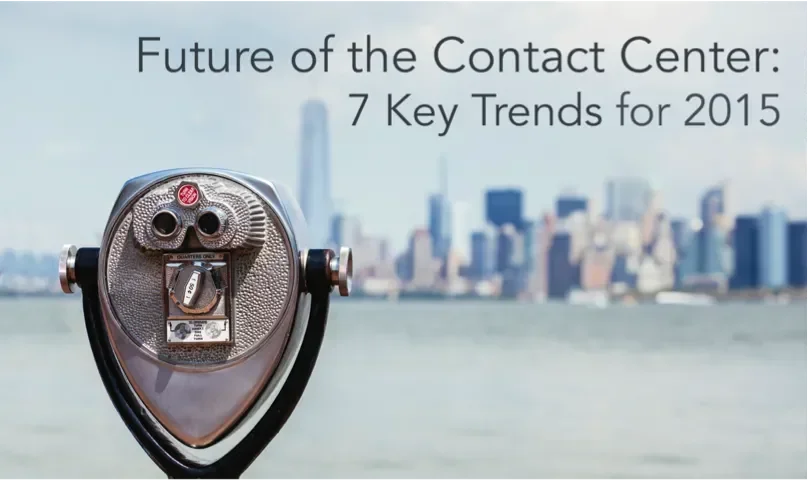
Future of the Contact Center: 7 Key Trends Driving a Massive Transformation (Part 2)
by Liz Osborn, vice president of product and solution marketing at Five9 Contact centers are under pressure to adapt to the rapidly changing technology landscape and consumer expectations. There are seven key trends that will impact contact centers as they evolve to meet these shifting expectations. In case you missed it, click here to read part 1 of the series. Continue reading to learn about trends #2 & #3: 2. Omni-Channel (aka Cross Channel) capabilities will be expected Recent Ovum studies found that 74 percent of consumers use three or more channels when engaging with companies. Yet how many of us have had to repeat information over and over to agents or IVR systems because the systems don't support the ability to "remember" the conversation and transfer the information across customer touch points? In the future, customers will expect companies to have an institutional memory across every communication channel and touch point. This is known as omni-channel or cross channel capability. It requires intelligent technology to provide the context of the interaction, along with the customer profile, preferences and relevant history. And, it requires one system with the ability to track and support email, chat, mobile transactions, self-service, and live agent conversations. 3. Multichannel, intelligent self service will expand Most consumers prefer to do things themselves, if possible -- whether it's buying a product online or finding out the answer to a problem. It's also a lot less expensive for companies to offer self- service capabilities. With the wide adoption of smart phones, there are more ways to provide self-service through mobile apps and visual IVR systems. The trend in contact center technology is to provide more and more intelligence, along with the interaction context, in order to provide the answer to the customer without involving a live agent. In fact, Gartner predicts that by 2020, 85 percent of consumer's transactions will occur without human interaction! Check back next week for part 3, which will cover trends #4 & #5. Looking for more info about moving your contact center to the cloud? Get the Why Cloud Executive Brief.


